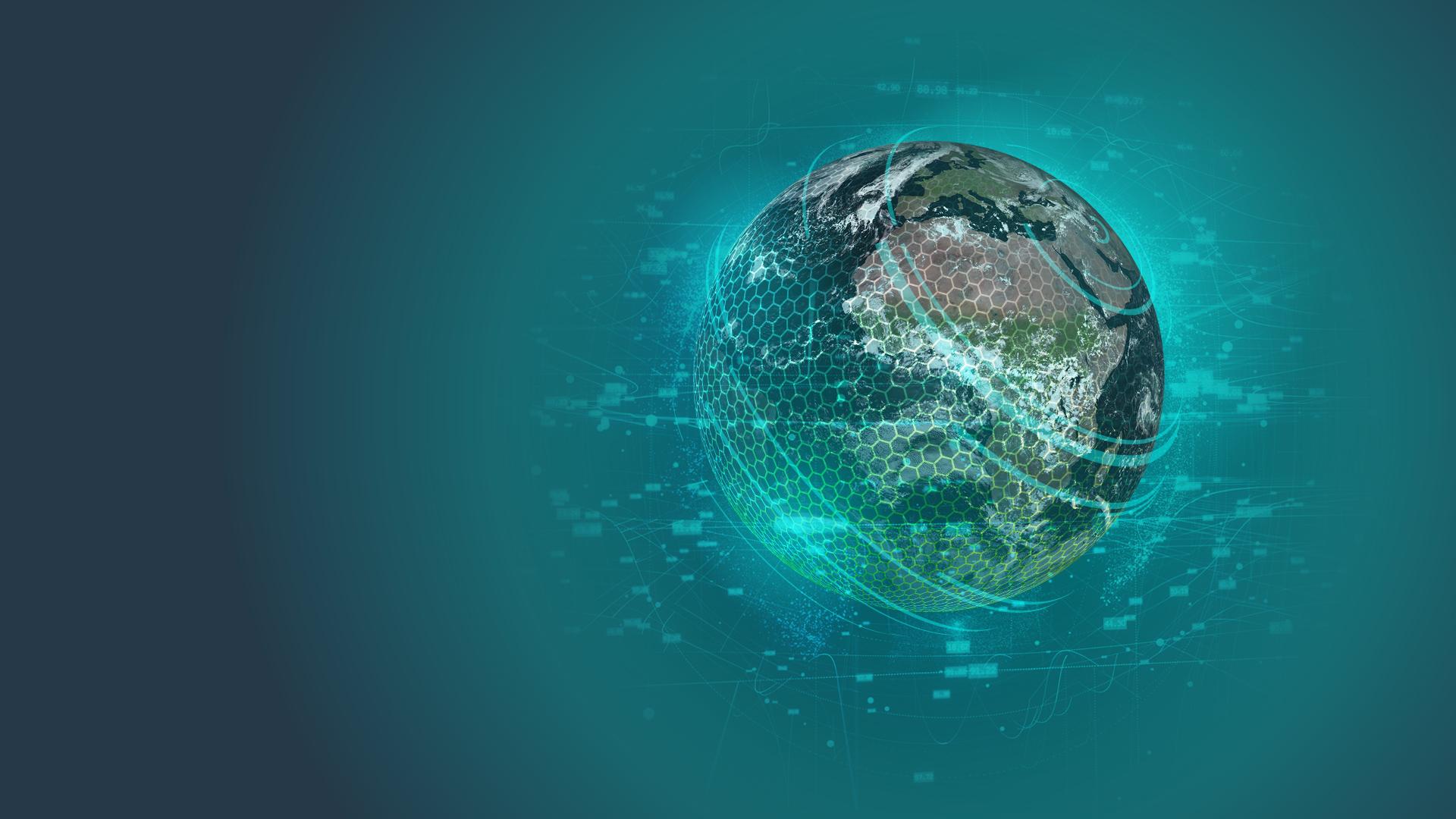WEKEO
EUMETSAT, ECMWF, Mercator Ocean International and the EEA have developed the WEKEO data information and access service (DIAS) to provide fast and easy access to Copernicus data and products.

Online course - join now


22 October 2021
16 September 2021
Artificial intelligence (AI) is playing an increasingly important part in our daily lives, whether it is providing our personalised social media feeds, online shopping or streaming movie suggestions, or even the mapping apps that route us around traffic jams. On a bigger scale, AI is already having a major impact on healthcare, finance, farming and many other sectors and its influence is predicted to expand rapidly in the coming years.
One area where there is considerable untapped potential for AI is in the field of Earth observation, where it can be used to help manage large datasets, find new insights in data and generate new products and services.
With this in mind, EUMETSAT, ECMWF, Mercator Ocean International and the EEA have joined up to develop a new massive open online course (MOOC) on AI and Earth monitoring.
The idea for the course is to introduce participants to the wealth of Copernicus Earth observation data and the AI and machine learning techniques that can be used to work with it.
The course provides a round-up of the latest developments in AI and Earth observation, and will help participants bridge the gap between Earth observation data and AI techniques and aims to drive innovative new uses of Copernicus data.

The MOOC will introduce participants to the Copernicus Programme and AI and machine learning (a subset of AI) with hands-on practical examples with ocean, atmosphere, terrestrial and climate data. Practical examples are hosted on the WEkEO online platform that provides easy access to all Copernicus environmental data.
The course is structured across six weeks but it can be followed at the learners’ own pace. The first week will be an introduction to Copernicus data and services and the WEkEO platform. Then there will be a week on AI/machine learning techniques and this will then be followed by four themed weeks covering oceans, atmosphere, terrestrial and climate data.
MOOC content will be hosted on the FutureLearn platform and consists of short interviews with leading machine learning and science experts, and companies using machine learning techniques with Copernicus data.
With more than 40 contributors, the course will give participants a new and timely overview of the latest advances and techniques in machine learning and Earth observation/monitoring.
As well as video content there is also a strong hands-on element with the inclusion of a series of specially-developed Jupyter notebooks that will guide people through the process of working with Copernicus data and new and exciting machine learning algorithms.
The notebooks are put together using Python and give examples of the different types of Copernicus data (ocean, atmosphere, land and climate) and machine learning algorithms.
To make it easier to follow the notebooks, they are accompanied by dedicated video tutorials that have been produced to explain the content of the notebooks.

The notebooks and accompanying tutorials are hosted on the Copernicus WEkEO platform (www.wekeo.eu), which provides free access to all Copernicus environmental data. WEkEO is the EU Copernicus DIAS reference service for environmental data, virtual processing environments and skilled user support.
Participants will register on WEkEO to get a free user account to run the notebooks online.
The MOOC is funded by the Copernicus Programme and has been developed as a joint project with EUMETSAT, ECMWF, Mercator Ocean International and the EEA. These organisations also operate the Copernicus WEkEO platform.